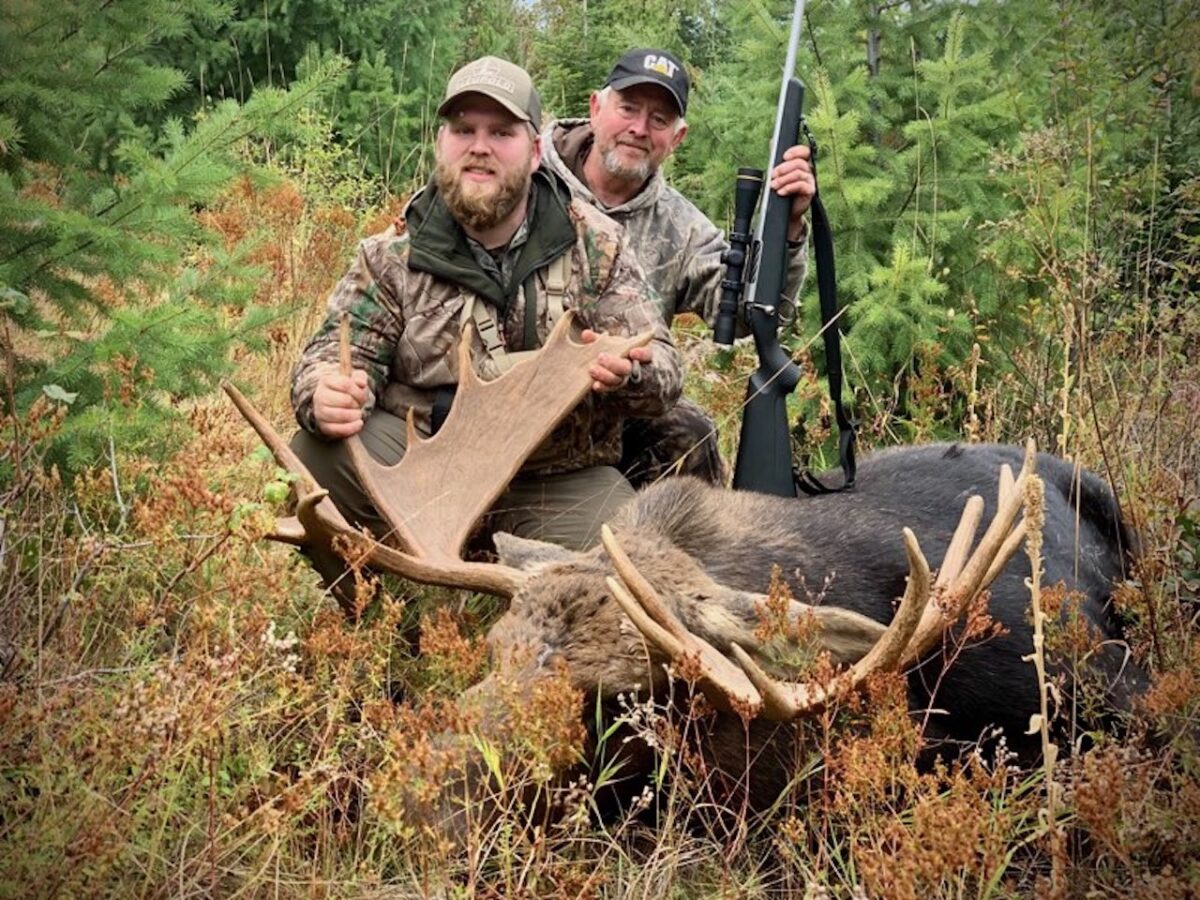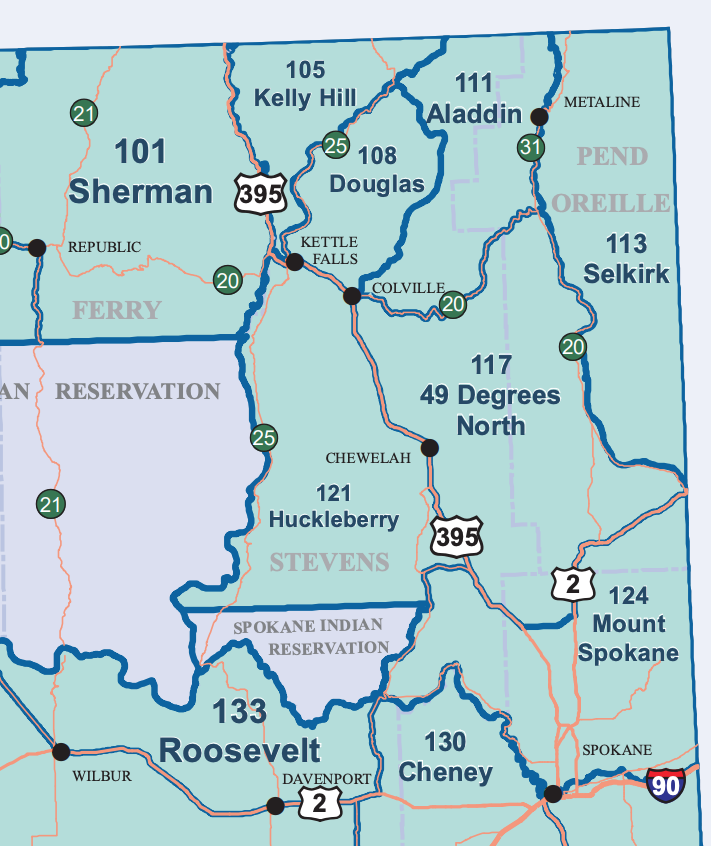
WDFW To Begin New Cow Moose Study In Northeast Washington
WDFW says it plans to capture and collar 80 cow moose in Northeast Washington starting this winter as part of a new longer term study to assess survival rates of the state’s largest ungulate species in its most predator-rich neighborhood.
Biologists will take to the air in the Alladdin, 49 Degrees North, Huckleberry and Mount Spokane Game Management Units of Stevens, Pend Oreille and Spokane Counties beginning in February as weather conditions allow, and efforts are expected to continue for a couple years to reach the capture target goal.

The research will not only help update the 2016 population estimate of 5,000 moose in the overall region, but the GPS collars attached to the six and a half dozen cows for up to six years each will help shed light on their movements over this up-and-down landscape. Biological samples will also be captured at the time of capture to produce pregnancy rates and test for diseases and parasites.
This study is separate from WDFW and the University of Washington’s Predator-Prey Project in some of these same woods, according to state spokeswoman Staci Lehman.
“Over the life of the project, WDFW biologists will combine data from captures, radio collars, and aerial surveys to evaluate the moose population’s performance and identify key factors influencing population status and trend, Ultimately, this effort will assist wildlife managers in setting hunting seasons and harvest levels for moose,” an agency blog out today on Medium states.
All moose hunting in Washington is by special permit only, and Alladin, 49 Degrees North, Huckleberry and Mount Spokane GMUs provided about two-thirds of 2023’s available tags.
“The better the information we have, the better we can be at managing harvest to provide ample hunting opportunity while also supporting large and productive moose populations for the enjoyment of all Washingtonians,” WDFW Ungulate Specialist Samantha Bundick said in that post.

Other carnivores in this country include cougars, black bears, the occasional grizzly, coyotes and bobcats, and over the past 15 years it’s become home to a strong population of wolves. This new study will build on others that have looked at wolves and moose here.
In 2015, with the density of Canis lupus in the region expected to continue to increase, WDFW biologists reported that the positive moose growth they’d been seeing here over the decades would either begin to level off or decline to a lower equilibrium. Other factors impacting the moose population that they identified included changing forest practices leading to less browse and moose declines seen in other states.
A follow-up big game assessment published by the agency in 2016 did find that a moose subpopulation in the Huckleberry GMU was “suffering low recruitment” and that “it is possible that predation is responsible for some or all of this.” It recommended “additional years of monitoring” of calves would help better understand what was going on.
And a 2013-17 moose demography study published in 2017 identified legal hunter harvest as the runaway leading source of mortality for cows in the Mount Spokane GMU, while ticks, wolves, unknown-health, mountain lions, infection and hunter harvest, in that order, were to blame for cow deaths in 49 Degrees North. No calves were collared as part of that.
Under WDFW’s wolf management plan, if wolf predation is identified as a primary limiting factor of an ungulate population, meaning their numbers fall 25 percent below objective for two straight years or harvest drops by the same percentage compared to the 10-year average, the agency can consider wolf translocation, lethal removal or other control measures to reduce their abundance.
While those actions are not likely to be signed off on by the Fish and Wildlife Commission these days, still, this new research involving 80 cows should provide more insight into factors affecting moose in the heart of their Washington range.
